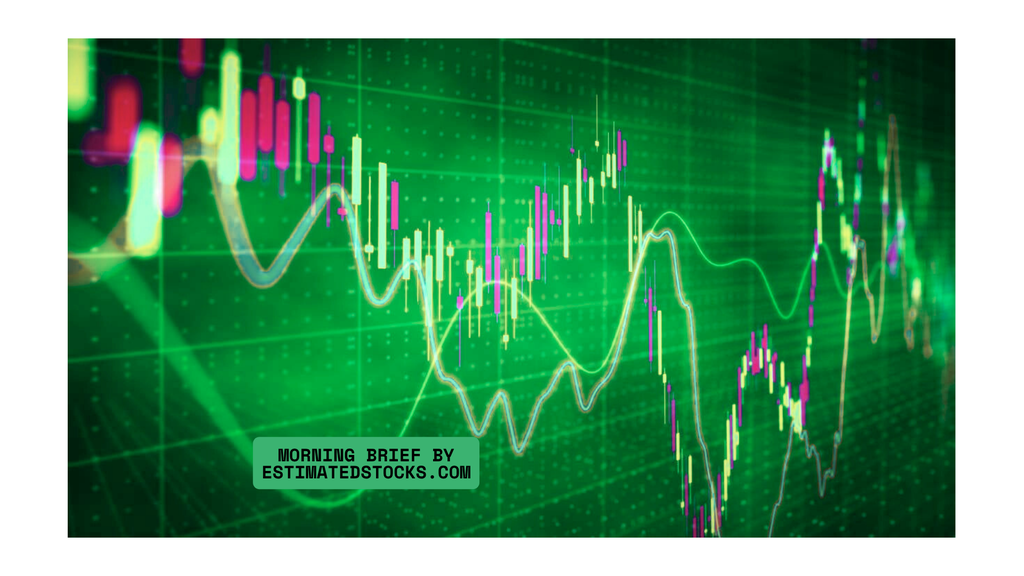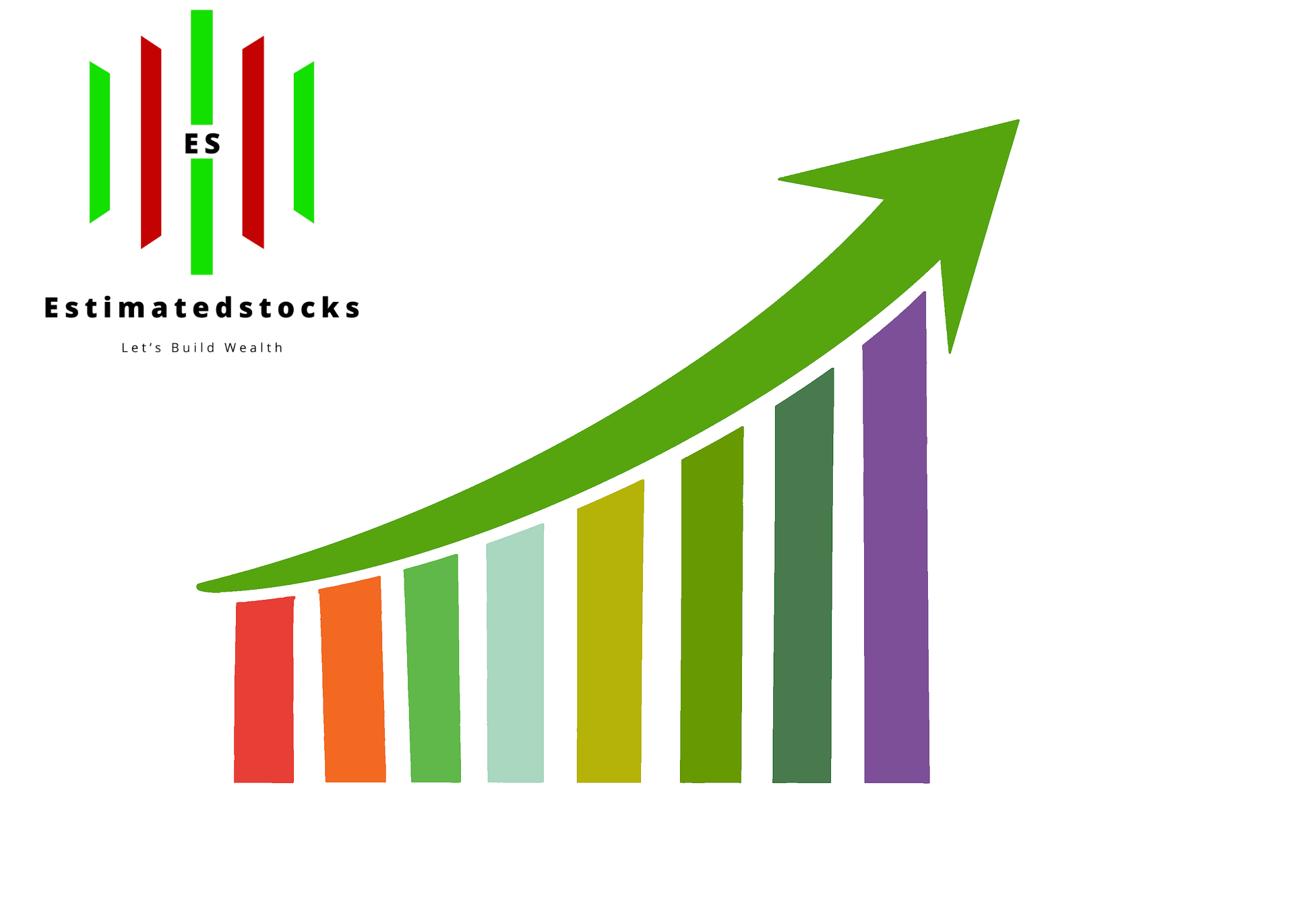Explore what investors often misunderstand about the VIX. Discover insights into market volatility trends, historical patterns, and strategies for managing risk amid current market conditions.
What Investors Are Misunderstanding About the VIX Right Now
Thursday marks one month since the “yen shock” on August 5, a brief market panic that began in Japan and quickly spread across global markets. This event was triggered by the release of the July jobs report.
On that Monday, the Nikkei stock index (TSE: ^N225) experienced a dramatic 12% drop—the largest one-day decline since 1987—while the S&P 500 (NYSE: ^GSPC) fell by 3%. The VIX Volatility Index (CBOE: ^VIX) soared to 65, marking its third-highest level ever.
However, just as quickly as the selling began, the market staged a significant recovery. By midday in the U.S. on that same Monday, the VIX had already dropped to 30, registering the most substantial intraday decline in its history.
By mid-August, U.S. stocks had fully recovered from the initial losses. This volatility underscores some critical misunderstandings about the VIX. Historical trends following August market shocks suggest that the volatility might not be over yet.
Often referred to as the “fear gauge,” the VIX’s role is frequently misinterpreted. The VIX measures the market’s expectation of S&P 500 volatility over the next 30 days, derived from options on the index. It does not directly measure fear but reflects market estimates of future volatility, which can coincide with fear or panic.
The VIX serves as a proxy for institutional demand for hedging protection, providing a straightforward method for short-term portfolio hedges. Investors can utilize VIX futures, ETFs, and options on these instruments to hedge positions. However, the VIX itself is an index and does not trade directly.
A low VIX does not necessarily indicate market stability or a lack of need for hedging. In fact, a lower VIX represents cheaper protection, adhering to the adage, "Buy protection when you can, not when you must." Reflecting on the recent market turmoil, the optimal strategy by midday was to reduce VIX positions, either by shorting or covering previous long bets.
Historical data highlights a tendency for the VIX to rise from August through October, which can be bearish for stocks. The August data indicates potential fragility leading to increased volatility in the fall, a pattern that is not fully priced in by the market.
Past events support this notion. For instance, August 2007 saw early signs of the global financial crisis, August 2011 featured a U.S. debt downgrade, and August 2015 brought an unexpected devaluation of the Chinese yuan.
Currently, there is an opportunity to add equity hedges at levels similar to those before the August shock, in anticipation of upcoming market catalysts.
Disclaimer: The information provided in this article is for educational purposes only and should not be construed as investment advice. EstimatedStocks.com is not responsible for any trading or investing losses incurred from the use of the information provided. Always consult with a financial advisor before making investment decisions.
Independent Analysis & No Investment Advice EstimatedStocks AB is an independent financial research platform. This publication is ...
Author
Shaik K is an expert in financial markets, a seasoned trader, and investor with over two decades of experience. As the CEO of a leading fintech company, he has a proven track record in financial products research and developing technology-driven solutions. His extensive knowledge of market dynamics and innovative strategies positions him at the forefront of the fintech industry, driving growth and innovation in financial services.


